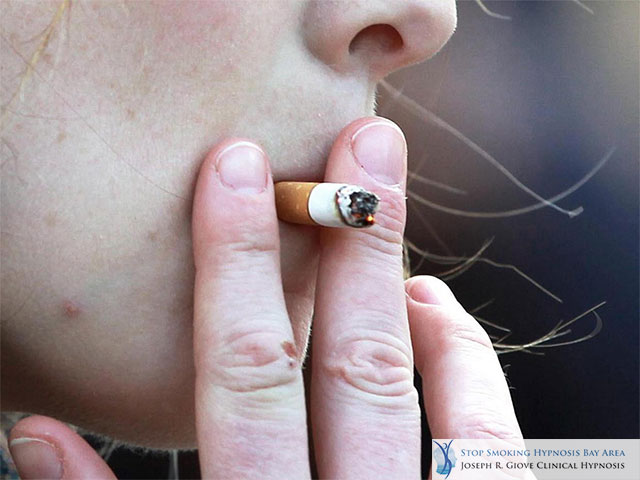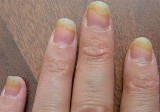
Do Side Effects of Quitting Smoking Include Rashes?
Quitting smoking is one of the hardest things a person can do. Quitting cigarettes and nicotine has been said to be in the same realm as kicking a cocaine or heroin habit. It is a serious undertaking. There are many side effects that occur when quitting smoking. The brain is used to a certain amount of nicotine and other chemicals every day and denying it of those chemicals has side effects.
One of the many side effects of quitting smoking are itchy rashes that can break out all over the body. This article will discuss the reasons for rashes to occur after quitting smoking, the side effects of smoking, and using drugs such as Chantix combined with behavior modification therapy to help with quitting smoking.
Why Do Rashes Occur When Quitting smoking
Nicotine restricts blood flow in the blood vessels. The vessels take blood to every part of the body, including the skin. It will take some time for the body to get normal blood flow back to all of your skin after you quit smoking. Most people will develop a type of rash that looks like eczema on their feet, legs, and hands. This is temporary and will go away when the body gets used to being nicotine free.
Stress is another factor that can cause itchy rashes when quitting smoking. Stress from not having nicotine delivered to the brain all the time can play all kinds of tricks on the body. When quitting smoking, the body is not used to being deprived of all the chemicals and carcinogens that cigarettes provide. The body attempts to ‘fix’ itself and this can lead to rashes.
Most people will also experience a reaction on their face. This is the most exposed part of the body and tends to dry out faster than anywhere else. When you quit smoking your skin is trying to heal itself and is flooded with nutrients and oils. If these oils build up enough, a rash or acne will occur.
Changes in diet are also a cause for rashes related to quitting smoking. Smoking cigarettes, or ingesting nicotine in general, cause people’s appetite to be decreased. Once someone quits smoking the appetite comes back. Some people tend to eat unhealthy foods once they start eating regularly again and their body is not used to all the calories and other substances being consumed, causing the body to react to this change by developing a rash.
Ingesting nicotine (chewing tobacco, pipe smoking, quitting aids such as gums and lozenges, and smoking cigarettes) for a long period of time puts a lot of harmful chemicals and carcinogens into the body. When you quit smoking the body is trying to get rid of these chemicals. As these poisons are coming out of you, they can cause itchy rashes on the skin. The good news is that they are temporary for as long as you cease smoking! The body is a remarkable machine that has the ability to heal itself. There will be some discomfort at first but it will subside and the rashes will go away. Once your body has rid itself of the harmful chemicals caused from nicotine use, there should be no more rashes and you will live a long and healthy life!
The Side Effects of Smoking
Besides skin rashes there are many other adverse side effects to smoking. Nicotine does very harmful things to the body and mind. There are many side effects that come with smoking. Some are mild and some are severe. These side effects include:
- Cancers
- Larynx
- Esophagus
- Liver
- Stomach
- Lung
- Kidney
- Cervix
- Bladder
- Pancreas
- Colorectal
- Blood
- Diseases
- Stroke
- Heart disease
- Eye degeneration
- Bone weakness
- Pneumonia
- Diabetes
- Erectile dysfunction
- Pregnancy complications
- Diminished Appearance
- Yellow fingers
- Stained teeth
- Wrinkled skin
- Noxious odor
- Death

Using Chantix and Behavior Modification Therapy to Quit Smoking
Recently a new drug has entered the market, called Chantix. Chantix is a behaviour changing drug that works concurrently with behaviour modifying therapies so that the smoker no longer craves cigarettes and can avoid situations where they would want to smoke. These types therapies include group counselling, one on one visits with your doctor, or hypnosis.
By using these two methods together there is a much greater chance that you will quit smoking successfully. As with any quitting smoking method, there are side effects. Always make sure you talk to a qualified medical professional when attempting to quit smoking.
Clinical Hypnosis and Hypnotherapy
There are always going to be withdrawals when quitting anything that goes into your body, and cigarettes are even more so. When going through a traumatic time like quitting smoking, you need all the help you can get.
Joseph R. Giove is a certified Clinical Hypnotist with over 30 years of experience in Clinical Hypnosis and Hypnotherapy. He uses only the power of the mind to help you quit smoking, not dangerous chemicals or carcinogens. He will gently alter your brain patterns so that you will no longer want cigarettes, even despise them.
At the end of the day you will live a longer and healthier life when you quit smoking. There are some side effects to quitting that include itchy rashes but those will subside. The body is trying to get rid of many years of harmful toxins that have built up inside it. By using Chantix and behaviour modification therapy such as Clinical Hypnosis and Hypnotherapy, you have a great chance for a long and healthy life!
